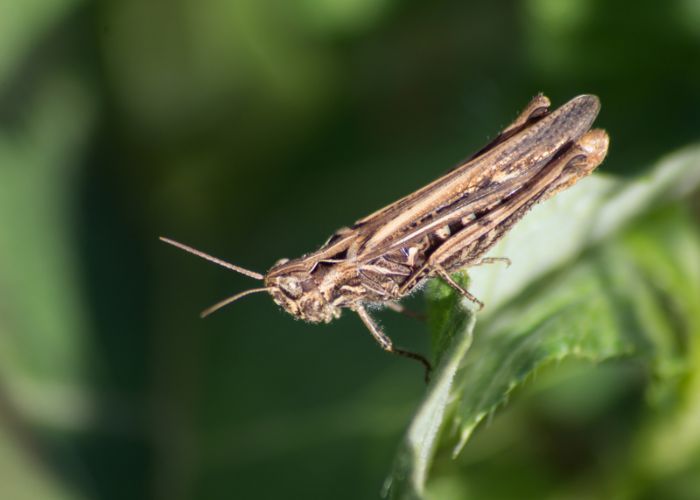PROVINCIA DE BADAJOZ – A plague of locusts affects crops, pastures, and livestock in Spain, creating a “drama” for the local economy. Grasshoppers come to the Spanish region, but usually not to this large extent.
The pest is active in the region of La Serena in Badajoz (Extremadura) and Los Llanos in Cáceres. It is a result of the favourable conditions for the locusts to reproduce this year. That results in what is normally manageable now in the plague.
According to the president of the agricultural cooperative Alanser in Cabeza del Buey (Badajoz), Juan Carlos Balmaseda, the “problem” is the “accumulation” of the locusts. They have always been there in the area, but to a limited extent.
Balmaseda stated Europa Press TV warning that the insects are “eating” the crops of the local farmers, the pastures, and the few fruit trees in the area.
He also explained that measures to prevent this plague should have been taken “fifteen days ago”. However, “no one has done anything”.
Grasshoppers are now reaping the harvest
Balmaseda pointed out that “there are several solutions”. Below is the “exceptional permit” for farmers to harvest their crops before the set deadline. “Otherwise the crop will be harvested by the locusts”. In addition, the locusts can be exterminated “using the air”. If this is not done in time, “the infestation will only become more serious and possibly endemic.”
“Much stress”
One of the farmers complains that “it’s like working in the third world now” and “under a lot of stress” because of the inconvenience to the farmers and livestock. The fact that the fields are eaten bare causes farmers “a lot of damage” with “high costs” as a result. The migratory locust not only devours all kinds of crops in the adult phase but also the larval phase.
Grasshopper type normal in the area
Experts point out in the newspaper 20Minutos that this type of grasshopper always occurs in the area. However, there are not usually this many. Extremadura is home to the largest permanent habitat of the Moroccan migratory locust.
Large crops
The Moroccan migratory locust also called the Mediterranean locust (Dociostaurus maroccanus), can travel thousands of kilometres and has a variety of plants on its menu as a diet. The main consequence of a plague of this insect is that it also destroys large crops in its path, with the ensuing economic problems. In addition, they steal the food for grazing livestock.
Eating own body weight once or twice a day
“It is estimated that a specimen can eat one to two times its live weight daily, so that a single migratory grasshopper consumes between 33 and 66 grams of grass throughout its life,” specify the researchers quoted in 20Minutos.


